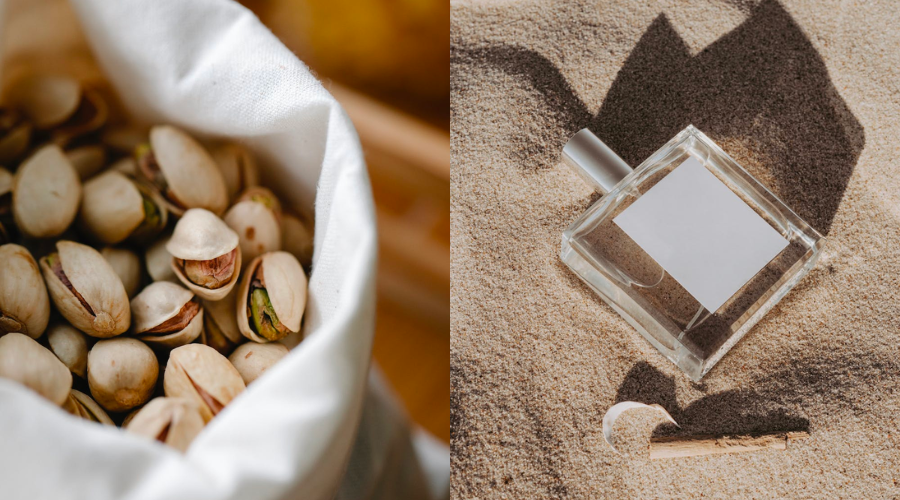Utter ‘Female condom’ at a brunch table and you will be met with blank expressions, regardless of the demographic of the party. A female, or internal, condom is a long plastic pouch that is inserted inside the vagina before sex. Much like you would insert a menstrual cup, except, the condom consists of flexible rings at both ends to hold it in place. It works by lining the vaginal wall to collect semen on ejaculation. According to Dr Divya Vora, obstetrician and gynaecologist, “Female condoms are 95 per cent effective in preventing pregnancies and STIs when used correctly.” While male condoms are 98 per cent effective, the favourable odds of female condoms should lend them attention. Yet, it remains as elusive as the female orgasm.
A stubborn, patriarchal society emboldened by lack of education and awareness of alternative forms of contraception is one of the biggest contributors of female condoms being unpopular. Options in medical stores are scarce, and owing to high price—a single female condom is for almost Rs 50—they’re as good as folklore. “The male condom is provided free of cost by the government, whereas the female condom isn’t, rendering its taking away all the potential use in rural India,” Dr Divya informs us. Dr Prateek Makwana, Director, Vasundhara IVF, also explains their tricky usage and uncomfortable wear, mostly when not used correctly.
Apart from the internal insertion, how different are female condoms? They are actually stronger than male condoms, considering how deep they’re placed into the vagina. But they too may split or tear if not placed correctly. Dr Prateek points out that a part of the condom that stays outside the vagina may press on the clitoris during sexual intercourse, acting as an added stimulation.
Experts argue that even though they might be tedious to wear, a little practice will ensure that you get the hang of it. One of their biggest pros is that they can be worn 6-8 hours prior to the intercourse. Their size can be intimidating and insertion a bit uncomfortable, but once you get comfortable with your body, you can take control of your sexual health.
Dr Prateek cautions against using both the male and female condoms together, as the friction between them will cause tears and render the purpose of using protection moot. He further explains that making the switch should be a personal choice. But if one does wish to, education comes first. Multiple online platforms, even the companies which sell the condoms will have the necessary usage information on their websites. Pay heed to quality standards—the products should have been tested up to appropriate safety standards—you can see the mark on the back of the pack. They’re available in a single size, making them universal to use for all vaginas. The excess remains just outside the vagina. “Do check the expiry dates,” Dr Prateek concludes. To get you started, Dr Divya recommends brands such as Femidom, Confidom, Velvet, Cupid Angel, Ornelle, Origami and Domina as safe options.
Find ELLE’s latest issue on stands or download your digital copy here.
























